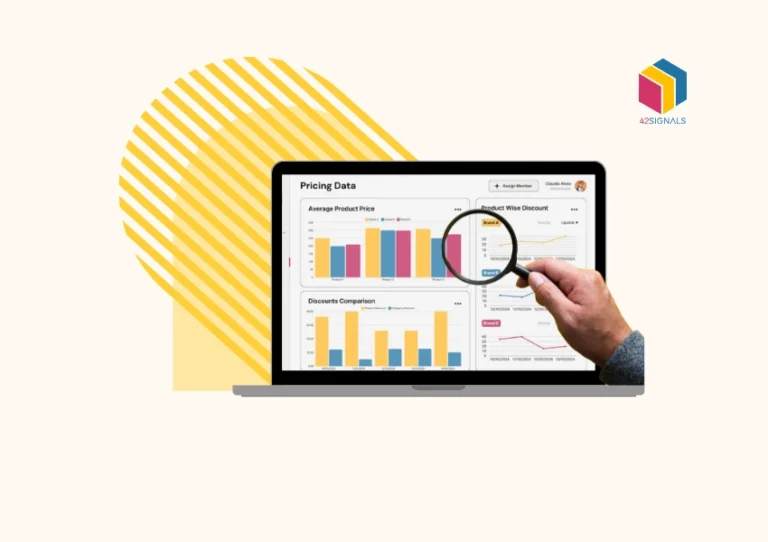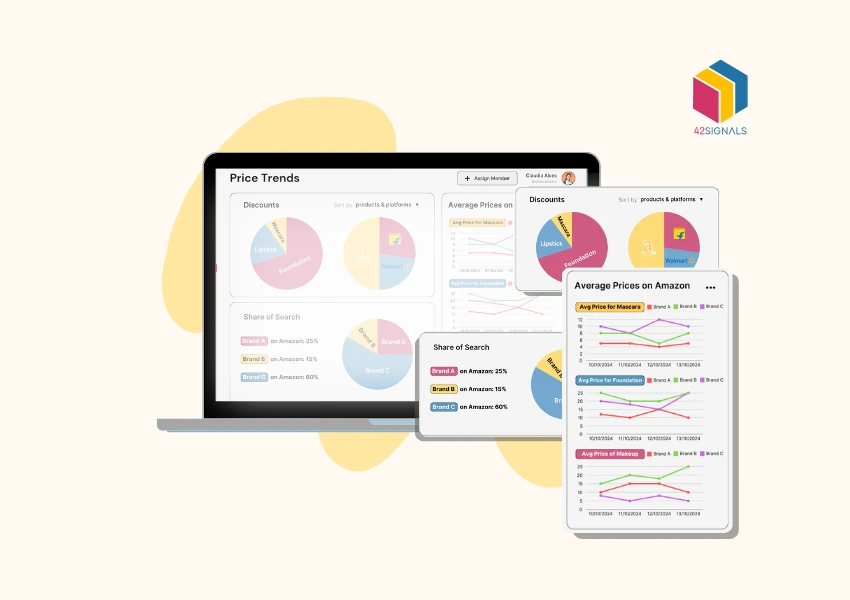Picture this: You’ve just launched a sleek new product. Sales are climbing, but buried in the five-star reviews is a comment that stops you cold: “Great product, but your customer service made me feel invisible.” Ouch. In seconds, that one sentence unravels the myth that satisfaction is just about price or quality. Today’s shoppers aren’t just buying things—they’re craving connections. And if you’re not measuring how they feel, you’re flying blind. This is where the customer sentiment score comes in.
Think of it as a mood ring for your brand. By dissecting positive and negative sentiments in reviews, surveys, and even social media rants, businesses can pinpoint what’s sparking joy or fueling rage. But here’s the kicker: Most companies still treat feedback like a checkbox exercise (“Yep, we read it!”) instead of mining it for emotional gold.
Why does this gap matter?
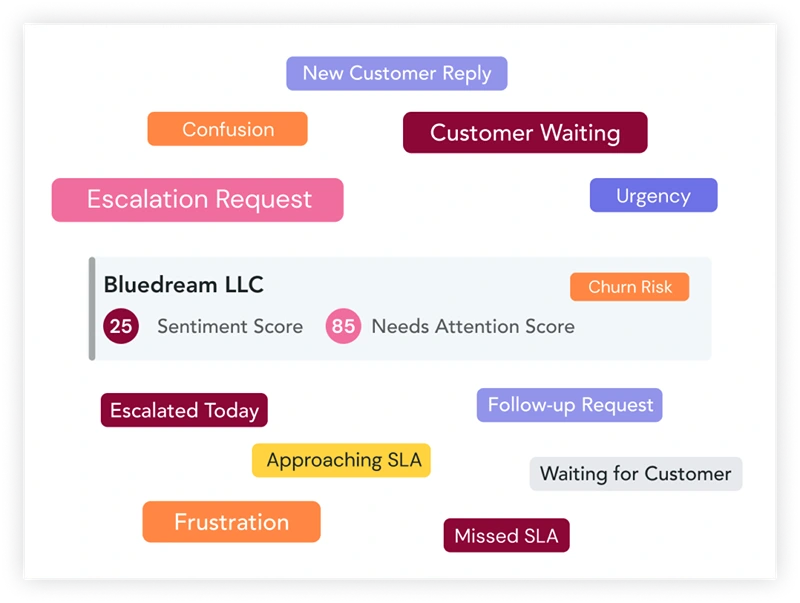
Let’s hit you with a stat: A 2023 PwC survey found that 32% of customers ditch brands after just one bad experience. Meanwhile, brands that ace consumer sentiment tracking see 2.5x higher revenue growth. Emotions aren’t fluff—they’re the invisible currency driving loyalty, cart sizes, and yes, viral outrage.
The Anatomy of a Customer Sentiment Score
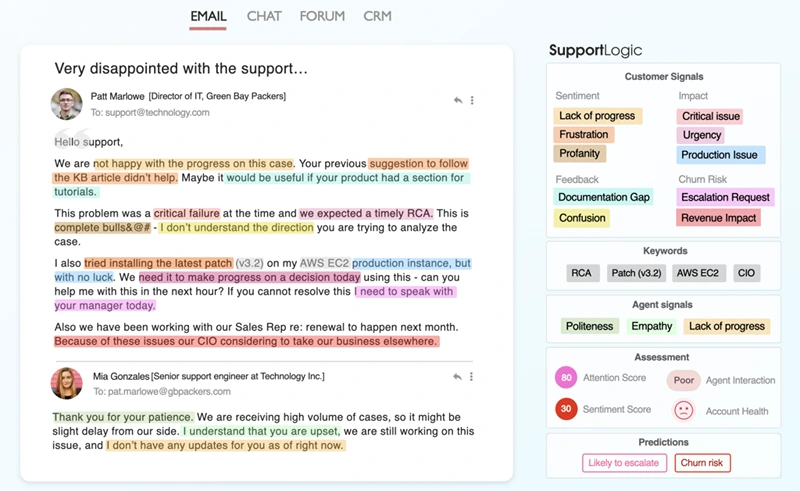
Image Score: Support Logic
A customer sentiment score is more than a number—it’s a window into your audience’s psyche. This metric analyzes text from reviews, surveys, and social media, assigning values to positive and negative sentiment cues. For example:
- This jacket is incredibly warm and stylish!” → +2 (strong positive).
- The sizing chart was completely wrong.” → -1 (mild negative).
Advanced customer feedback analytics tools use natural language processing (NLP) to detect nuances like sarcasm (“Thanks for the ‘express’ shipping that took 2 weeks”) or urgency (“I need a refund NOW”). But why does this matter?
Case in Point: A 2023 Retail TouchPoints study found that brands using sentiment scores saw a 27% higher customer retention rate. Emotions directly impact spending habits—a frustrated customer is 50% less likely to return, while a delighted one spends 140% more.
Net Sentiment Score: The Ultimate Health Check
While individual scores matter, the net sentiment score reveals your brand’s overall emotional temperature.
Calculated as: Net Sentiment = ((Positive Mentions – Negative Mentions) / Total Mentions ) x 100
This metric strips away ambiguity. For instance, if 65% of feedback is positive and 25% negative, your net score is +40. However, a score of -10 (more negativity) signals systemic issues, like faulty products or poor service.
Real-World Application:
When a major skincare brand noticed its net sentiment dropping to -15, the analysis revealed a recurring theme: “bottle leaks during shipping.” By redesigning packaging, they boosted their score to +42 within six months—and sales jumped 18%.
Voice of Customer Analytics: From Chaos to Clarity

Raw feedback is like a jigsaw puzzle—useless without the right tools. Voice of customer analytics platforms structure this chaos by:
- Categorizing Feedback: Sorting comments into themes (e.g., “shipping,” “product quality”).
- Prioritizing Issues: Flagging urgent complaints (e.g., “website crashed at checkout”).
- Predicting Trends: Spotting rising topics (e.g., “eco-friendly packaging requests”).
Example: An outdoor gear retailer used these insights to discover that 40% of negative sentiment centered on “complicated assembly” for tents. They launched tutorial videos, reducing related complaints by 62%.
The Delicate Dance of Positive and Negative Sentiment
No brand thrives on positivity alone. The ratio of positive and negative sentiment is a balancing act:
- Too Much Positivity: Could indicate a lack of critical feedback (e.g., only loyalists respond).
- Too Much Negativity: Signals unresolved pain points.

A 2024 Baymard Institute report highlights that brands with a 4:1 positive-to-negative ratio achieve 89% customer retention, versus 33% for those at 1:1.
Strategies to Optimize the Balance:
- Amplify Positive Voices: Feature glowing reviews in email campaigns.
- Resolve Negativity Proactively: Use real-time alerts to flag angry social media posts.
- Encourage Honest Feedback: Offer discounts for detailed reviews—even critical ones.
Consumer Sentiment Tracking: Beyond Basic Metrics
Traditional tracking methods (e.g., star ratings) fall short because they ignore context. Modern consumer sentiment tracking digs deeper:
- Emotion Detection: Is a “meh” review indifferent or subtly angry?
- Cultural Nuances: Does “quite good” mean “satisfied” (UK) or “mediocre” (US)?
- Trend Forecasting: Are mentions of “sustainability” rising month-over-month?
Hypothetical Scenario: A coffee brand spots a 200% spike in “bitter taste” complaints. Instead of dismissing it as a fluke, they trace it to a new roast batch—fixing the issue before sales plummet.
The Human Touch: Why AI Alone Isn’t Enough
While AI powers customer sentiment analysis, human intuition bridges gaps.
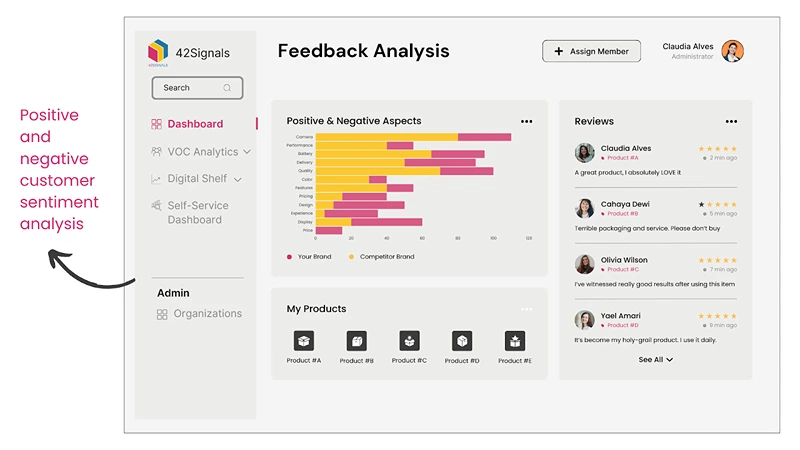
For example:
- Sarcasm: “Love waiting 3 weeks for a ‘premium’ service” might be tagged as positive without context.
- Industry Jargon: A review saying “the GPU underperforms” requires a tech-savvy interpretation.
Best Practice: Combine AI tools with manual spot-checks. Train teams to recognize edge cases and update algorithms accordingly.
Forward-thinking brands are using sentiment scores to:
- Personalize Marketing: Target customers with emotionally resonant ads (e.g., highlighting “stress-free returns” for anxious shoppers).
- Improve Employee Training: Share negative feedback with support teams to refine scripts.
- Enhance Product Launches: Gauge pre-launch hype by analyzing social media buzz.

Innovation Example: A fashion retailer uses sentiment analysis to predict demand for neon colors after noticing a 300% increase in “vibrant” and “bold” in reviews.
Conclusion: Emotion Is the New Currency
In ecommerce, the customer sentiment score isn’t just a metric—it’s a roadmap. A high net sentiment score builds trust, while voice of customer analytics uncovers hidden opportunities. By embracing consumer sentiment tracking, brands don’t just react to emotions—they anticipate them.
Ready to start?
- Audit existing feedback with a customer feedback analytics tool.
- Calculate your net sentiment score.
- Create action plans for both positive and negative trends.
In a world where 73% of buyers say emotions dictate their purchases (McKinsey, 2023), understanding sentiment isn’t optional—it’s the cornerstone of growth.
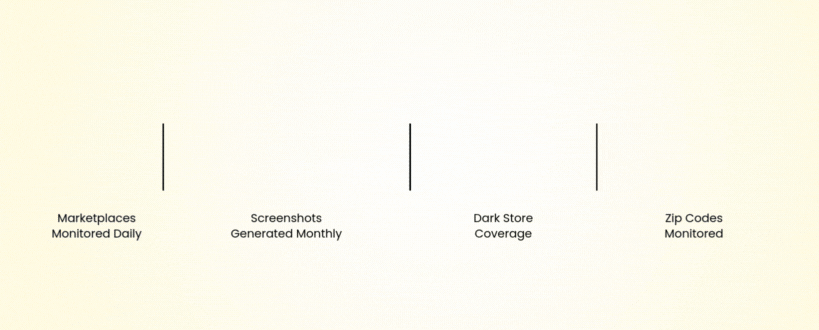
Sign up for a free trial to see how 42Signals can help your business.

